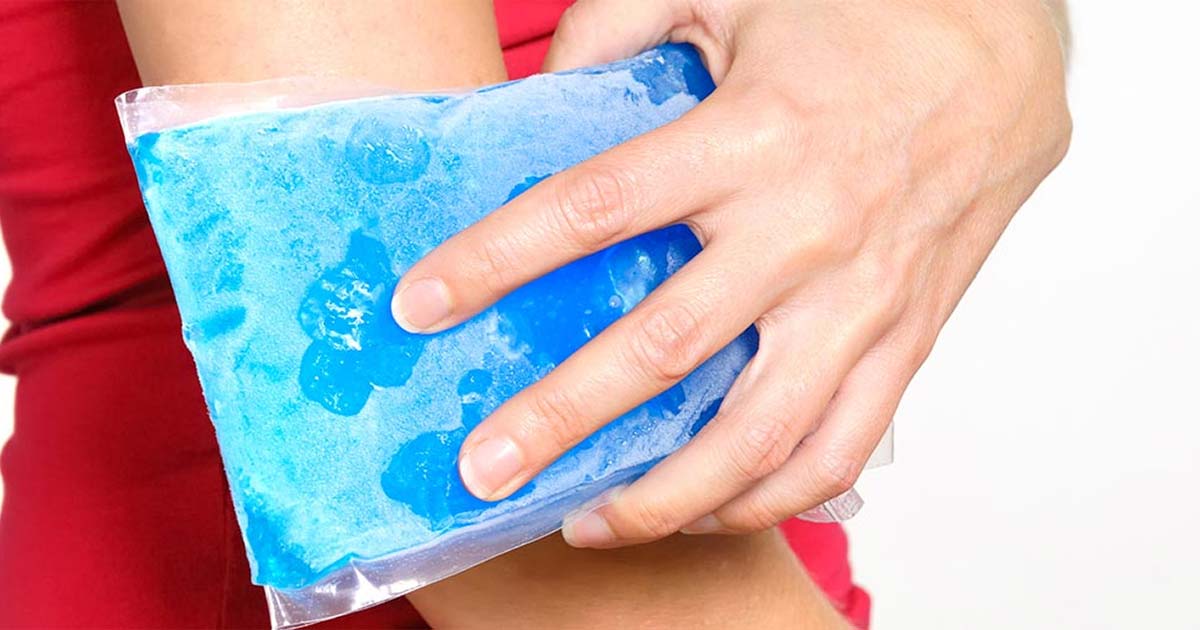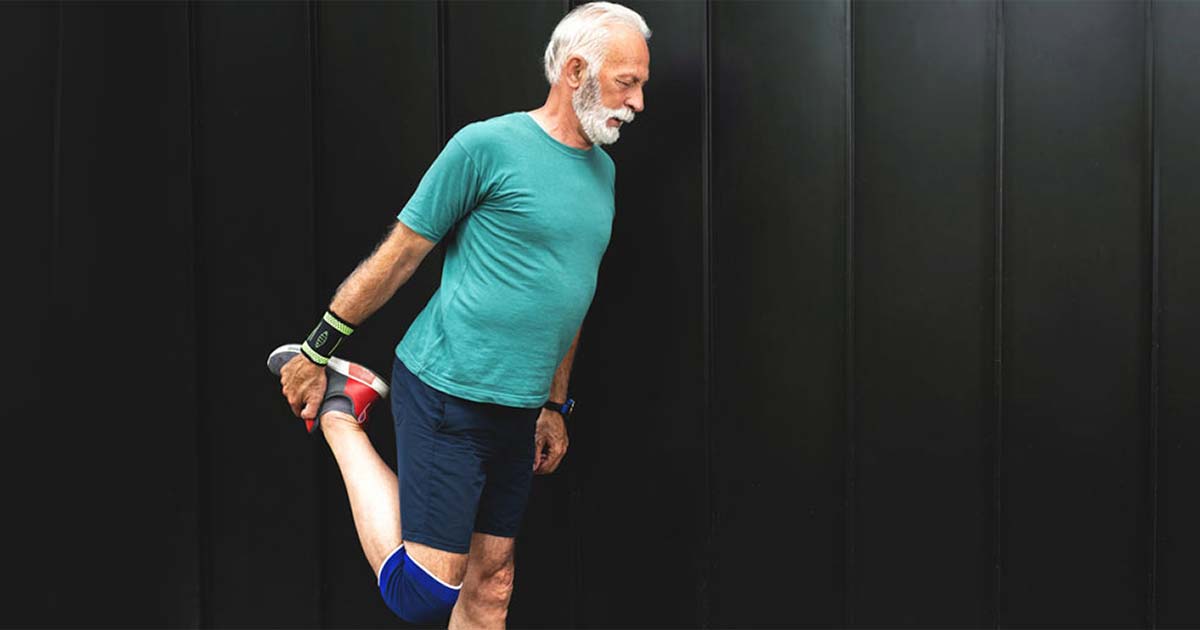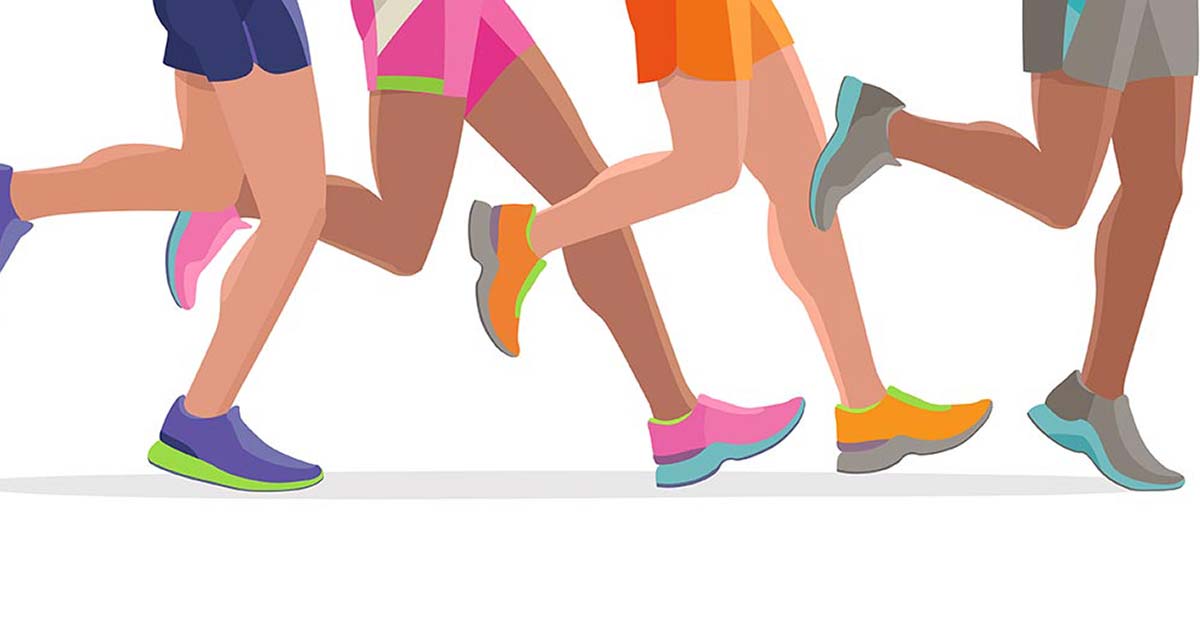What Is an Overuse Injury?
Advice to improve your movement, fitness, and overall health from the world's #1 in orthopedics.
Normally, training for an event is a good thing—it helps you improve your performance, meet your personal goals and avoid injury. But in some cases, when athletes train too much, they can develop overuse injuries. An overuse injury occurs when tissue is damaged due to repetitive demand over a period of time (as opposed to an acute injury such as a shoulder dislocation or an ankle sprain, which happens suddenly).

“Whenever a person is active, they are micro-injuring their body,” says David A. Wang, MD, a primary sports medicine physician at HSS who treats overuse injuries in athletes. “They are micro-fracturing their bones, and micro-tearing their muscles and tendons. When the body is given time to rest, it heals these micro-injuries and adapts to become stronger. But if the body is not allowed enough time to heal, the micro-injuries can continue to progress and eventually become an overuse injury.”
While not as dramatic as an acute injury, overuse injuries still result in a significant amount of time lost from a sport or activity. “Pain is a way for your body to warn you that something is wrong,” Dr. Wang says. “Overuse injuries typically begin with a slight pain or discomfort during activity that people ignore. Left untreated, it progresses to pain that lasts after the activity or even occurs outside of the activity.”
The intense demand and stress of too much training can also cause psychological effects and lead to changes in the nervous and endocrine systems that can ultimately lead to worse performance in a sport, he adds. This could cause an athlete to stop participating in the sport altogether.
Common Overuse Injuries
Overuse injuries also may occur from ramping up an activity too fast or doing just one specific exercise in which only certain muscles or bones are used, such as repetitive pull-ups. People who play one sport year-round are also at higher risk of overuse injuries. Other risk factors for overuse injuries include:
- an overly heavy training workload (whether it be the total amount of training, the intensity, or the rate of progression)
- prior injury
- poor level of conditioning
- age (adolescents at a higher risk given the effects of growth on the body)
Poor technique can also play a role in overuse injuries in which the tissue can be repetitively overloaded in an improper fashion, says Dr. Wang. “This can be seen during strength training exercises such as a bench press or squats and can also occur during the actual sporting activity, including throwing in baseball or swinging a club in golf.”
A few common examples of overuse injuries include shoulder impingement; tendinopathy (or an overuse injury to a tendon), including the Achilles and patellar tendons; tennis elbow or golfer’s elbow; and stress fractures.
Preventing Overuse Injuries
There are several ways in which overuse injuries can potentially be prevented, including:
- Limiting exercise time to allow adequate rest and recovery
- Limiting the number of specific repetitive movements (i.e., the number or repetitions in a specific workout routine or certain sport-specific activities such as pitch counts)
- Making sure you’re using the correct technique and proper equipment when starting a new activity
- Aiming for a gradual increase to achieve your workout goals rather than increasing your activity level too quickly
“There is not a specific test for overtraining, but a gradual decline in performance over time can be a sign that it is developing,” says Dr. Wang. “Overtraining and burnout is often treated with a course of relative rest to allow the body and mind time to recover.”
Recovering from Overuse Injuries
In general, treating overuse injuries involves resting to allow the affected area the time to heal, says Dr. Wang, which can take weeks to months. “This is followed by a course of rehabilitation to strengthen the injured area and correct any imbalances that may have contributed to the injury, before a gradual return to activity.”
Really, the best treatment for overuse injuries is to prevent them in the first place. “As the ‘overuse’ name implies, it is important to monitor the amount of activity being performed,” says Dr. Wang. “Whether it is by taking a day off during the week, incorporating cross training or activities that utilize different areas of the body to limit repetitive stress, or gradually increasing the amount of activity when starting to train, it is important to ensure the body has enough time to recover and heal.”
If you think you might have an overuse injury, don’t try to push through the pain, especially if it’s getting more intense or happening more often. See your doctor to check on your symptoms so that you can rule out any more significant injury. Your doctor can also help you identify the cause and any potential training errors that may have led to the injury. This will help prevent you from doing the same thing again once you’ve healed.



